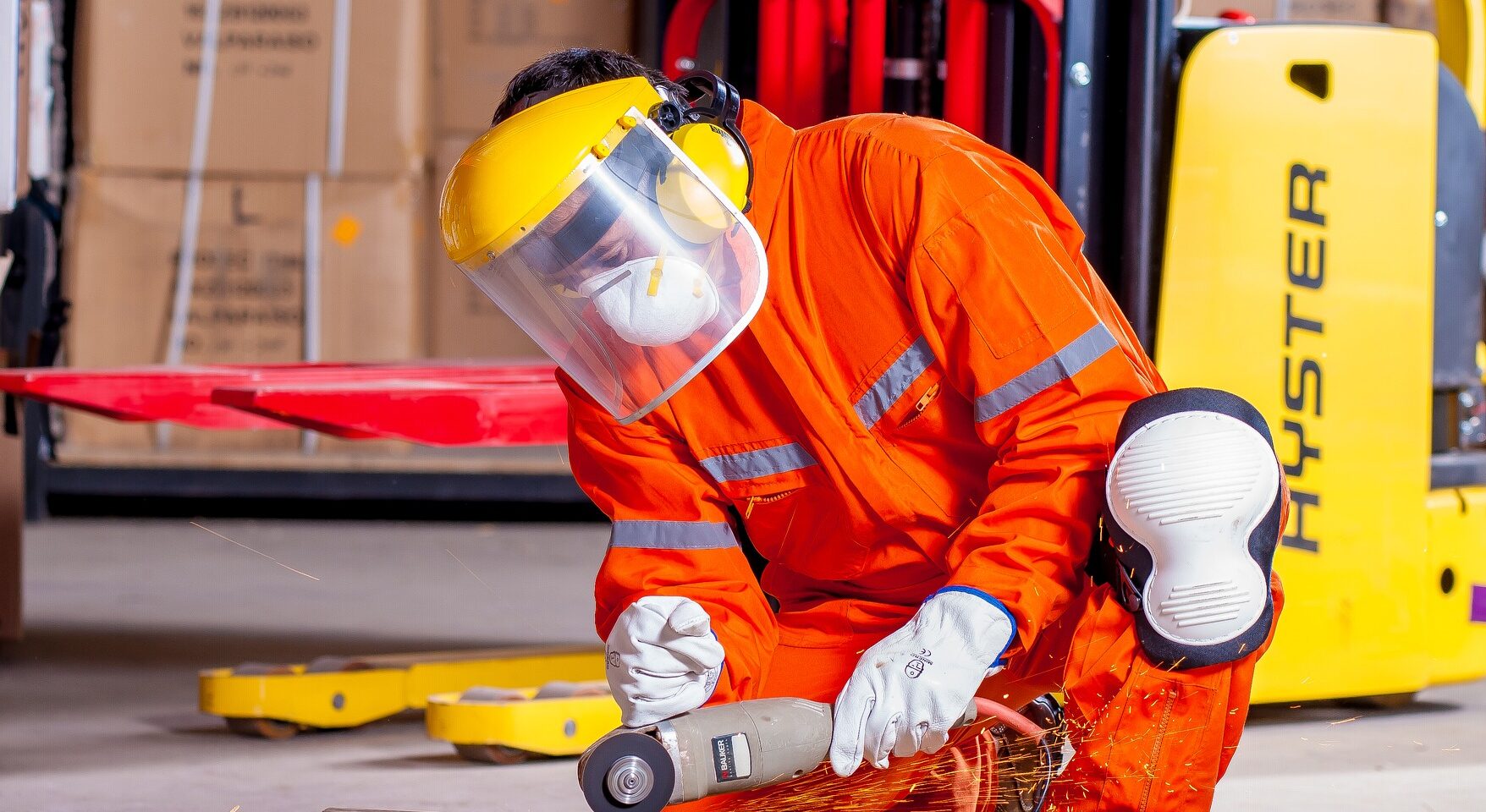What to Expect When You’re Inspecting: Industrial Hygiene
What to Expect When You’re Inspecting: Industrial Hygiene
Posted on October 14, 2022
By: Nathan Rasmussen, Safety Advisor
Ever received an improvement or stop work order and need help addressing it? On a regular basis we hear from members who need help making these changes. And, typically, we see trends in the topics inspectors focus on during their visits. To be proactive, we thought we’d start sharing these trends to help our members stay on top of the current inspection focus and discuss the steps we recommend to manage those improvement orders at other facilities.

Trending: Industrial Hygiene
Recently, we’ve been seeing improvement orders from the Industrial Hygiene group with regards to Worker Education on WHMIS. Worker education in the Regulations focuses on two areas, general classroom training, and practical, or on-the-job, training.
Classroom vs. Practical Training
The general classroom training, what most of us think of as “WHMIS Training” must address the following learning objectives:
35.3(1) An employer must ensure that a worker who works with or may be exposed to a hazardous product in the course of the worker’s work activities is educated in respect of
(a) the content required to be on a supplier label and a workplace label and the purpose and significance of the information contained on those labels;
(b) the content required to be on a safety data sheet and the purpose and significance of the information contained on a safety data sheet;
(c) any other form of identification used in the workplace for hazardous products, and the content, purpose and significance of the information conveyed by the form of identification used; and
(d) how to access or obtain the info
We here at Made Safe like to add in that your workers need to be trained to ask four questions, and in finding the answer to those questions they will be able to work safely with any chemical:
- What are the hazards (of the chemical I’m working with)?
- How do I protect myself (from the hazards of this chemical)?
- What do I do in case of an emergency (fire, spill, exposure, etc.)?
- Where do I get more information?
Of course, the answer to that last one is “The Supervisor”, but can also include the product label, the SDS, more senior coworkers, the safety committee, the safety professional, or even “call the team at Made Safe”. But your workers will likely never misstep if they go to their supervisor for all questions they need answered at work.
The practical, or on-the-job, training portion of the regulated training requirements comes from the next paragraph in the legislation:
35.3(2) For each hazardous product that a worker works with or may be exposed to in the course of his or her work activities, the employer must ensure that the worker receives training in respect of
(a) the contents on the safety data sheet and the supplier label or workplace label for the hazardous product, and the significance of that information;
(b) any further hazard information which the employer is or ought to be aware of respecting the hazardous product;
(c) the procedures for safely using, storing, handling and disposing of the hazardous product;
(d) the procedures to be followed if there are fugitive emissions;
(e) the procedures to be followed in case of an emergency involving the hazardous product.
How to Satisfy Legislation
Put simply, each of these points relates directly to how workers will safely use each product they work with. The worker must receive the education and practical training required to ensure they may safely handle the products required of them in the workplace. So how do we prove this has been done?
Often, we see these requirements satisfied by the Safe Work Procedures (SWPs) developed for each job that uses a potentially hazardous chemical. This can be a more demanding, and certainly more time intensive improvement order to close, so we recommend you don’t slack on getting started developing your SWPs if you don’t already have them documented.
Remember: the best time to write an SWP for a potentially hazardous task is before you implement it in the workplace – but when that’s not an option, the second-best time is now!
Develop a Critical Job (or Critical Task) Inventory
The first step to developing SWPs for the tasks your workers perform using potentially hazardous chemicals is to develop a critical job inventory (also known as a critical task inventory). The critical job inventory is a list of all the chemical-handling tasks you require workers to perform. You would then apply a risk matrix to the list to measure the severity of any potential incidents, the frequency of the task, and the likelihood of the worst-case incident occurring. At the end of the critical job inventory process, you’ll be left with a list of tasks that require workers to handle chemical ordered from the greatest risk to the least.
Pro tip: Templates make everything easier – that’s why Made Safe created one for you to use! For additional help, including completing the template, receiving coaching, or to facilitate this to your safety committee, email us at info@madesafe.ca.
Job Hazard Analysis
Once you have a list of potentially hazardous chemical handling tasks, you’ll need to perform a Job Hazard Analysis (JHA) on each task, starting at the one that carries the most risk. The JHA is a document that guides you to identify the basic steps of a task, the hazards at each step, and then a control for each hazard to provide a systematic way to identify and control the hazards that your workers face.
Interested in learning more about Job Hazard Analysis? Learn more about the formal JHA process so you can become confident in your risk assessments and contribute to a safer workplace. You’re not alone in your hazard assessments, our team is here to help!
After you’ve completed a JHA for each task, you’ll use the new information to create your Safe Work Procedure, which your frontline supervisors will then use to provide the on-the-job training that is required.
Remember – the most important part is making sure that you have addressed the learning objectives for the legislation in your SWP. If you’ve done this correctly, you’ll be in compliance.
If you have any questions on this process, the legislation behind it, or how to apply it in your facility, reach out to our team at info@madesafe.ca, or call us at 204-954-1454. If you’ve received an improvement order or a stop work order and are looking for support on how best to identify a solution that works for your business, we’re standing by to support you!

